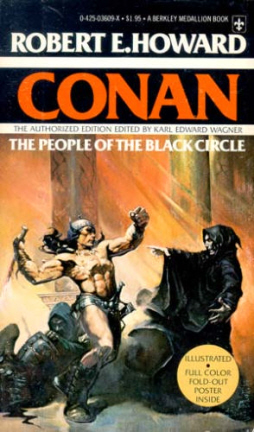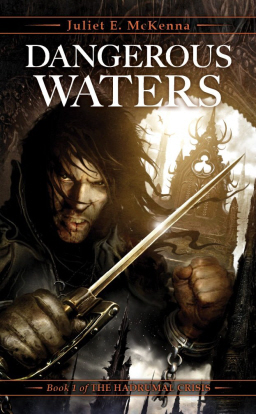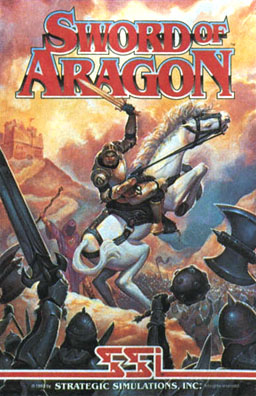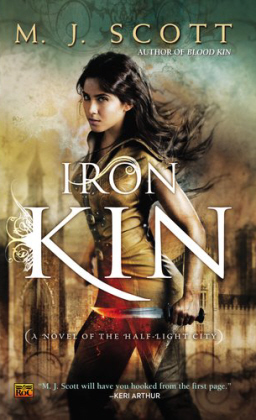New Treasures: Cyclades
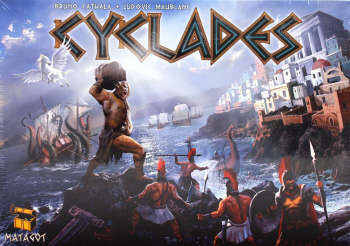 I saw the original release of Clash of the Titans, starring Laurence Olivier and Maggie Smith, on opening night in 1981. As just about anyone who’s seen it can tell you, it’s not a very good movie, with a painfully flat performance by Harry Hamlin as Perseus and clumsy attempts to add kid appeal with a nonsensical robot owl.
I saw the original release of Clash of the Titans, starring Laurence Olivier and Maggie Smith, on opening night in 1981. As just about anyone who’s seen it can tell you, it’s not a very good movie, with a painfully flat performance by Harry Hamlin as Perseus and clumsy attempts to add kid appeal with a nonsensical robot owl.
In the middle of a tale involving Pegasus, three blind witches, Medusa, and the Kraken, Hollywood feels the need to add a robot owl. I mean, come on.
But it didn’t matter. I loved it with a wild passion, and it ignited an intense interest in Ancient Greece in me.
I read everything I could get my hands on, from Homer to Aeschylus, Euripides to Aristophanes. I visited the library and asked to see maps of ancient Athens, circa 500 B.C. And I scrapped our ongoing D&D campaign, set in a generic medieval landscape, and told my bemused players we’d be starting over in Athens, at the height of the Bronze Age.
I discovered the history of the Cyclades, the tight knot of islands off the coast of Greece, that I learned had been packed with tiny civilizations and numerous isolated cultures over the centuries. It was a perfect setting for a fantasy game: a maze of islands thick with myth and mystery, a stone’s throw from the great city states that birthed modern civilization. The D&D campaign that began there carried on for over a decade, and was easily the most successful and rewarding one I’ve ever played.
But I always wondered why I didn’t see the setting used more often. So you can imagine how I felt when the fantasy board game Cyclades was released in 2009. I bought a copy last month, and so far I’ve been very pleased with it.
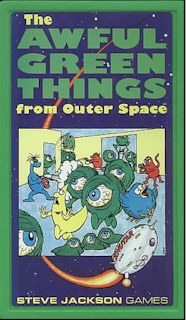
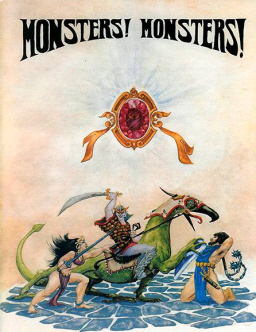
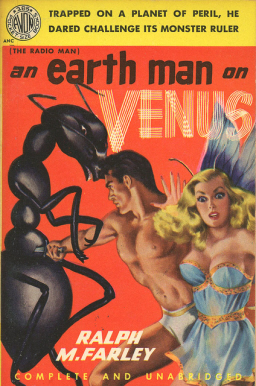
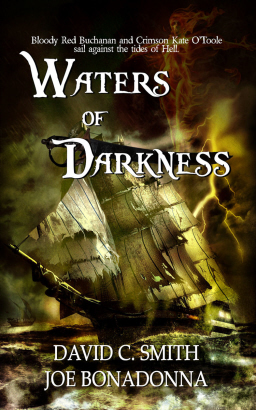
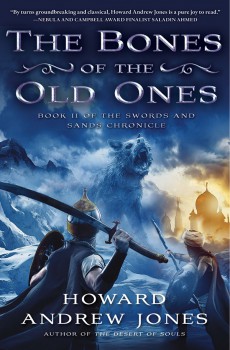 Novel excerpts were the top draw last month, as Howard Andrew Jones held the top spot for a third month in a row with tantalizing slice of sword-and-sorcery goodness from The Bones of the Old Ones, followed closely by The Waters of Darkness, the new supernatural pirate novel from from David C. Smith and Joe Bonadonna. And Vaughn Heppner’s novel Star Soldier was not much further down the list.
Novel excerpts were the top draw last month, as Howard Andrew Jones held the top spot for a third month in a row with tantalizing slice of sword-and-sorcery goodness from The Bones of the Old Ones, followed closely by The Waters of Darkness, the new supernatural pirate novel from from David C. Smith and Joe Bonadonna. And Vaughn Heppner’s novel Star Soldier was not much further down the list.